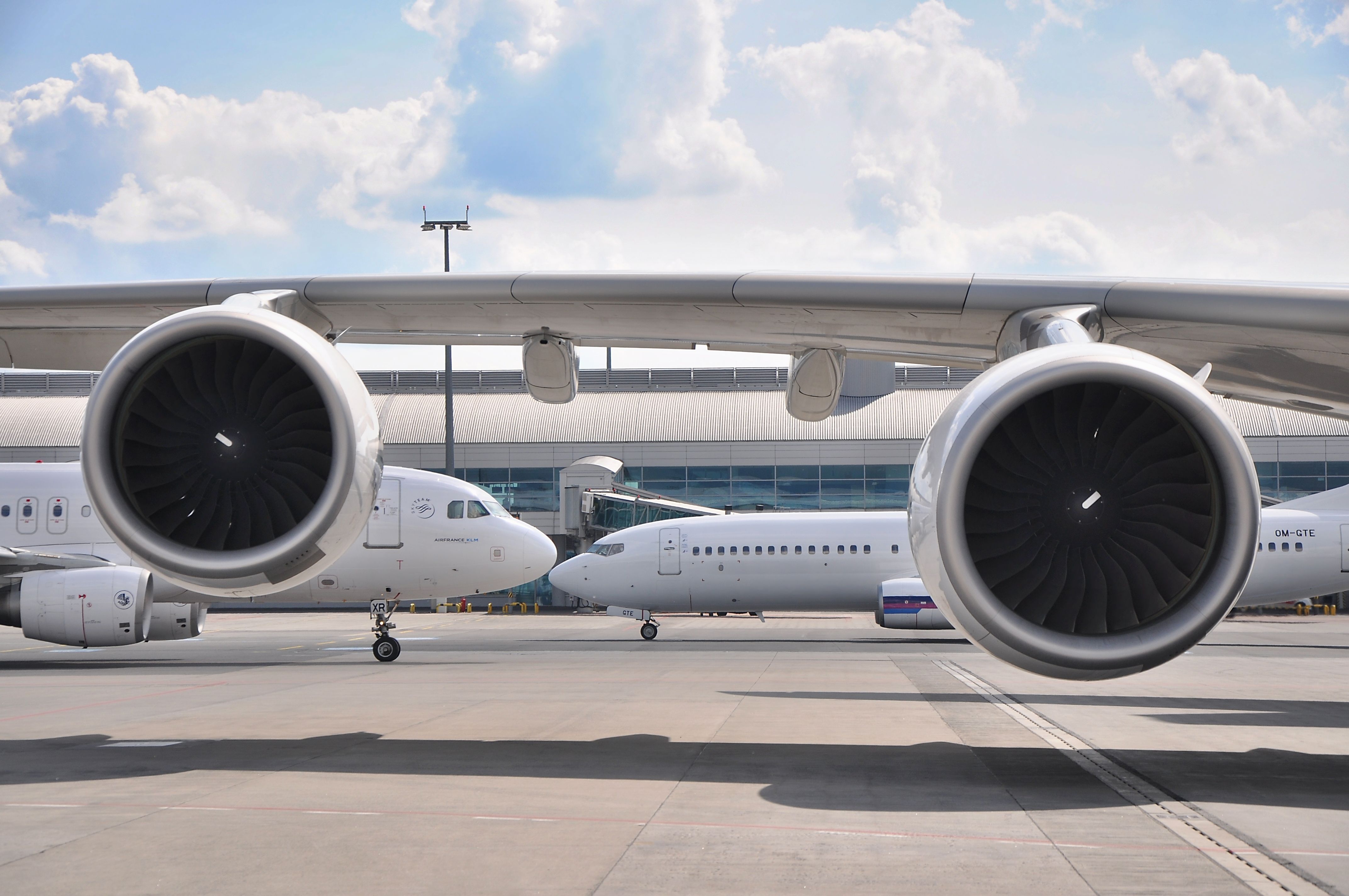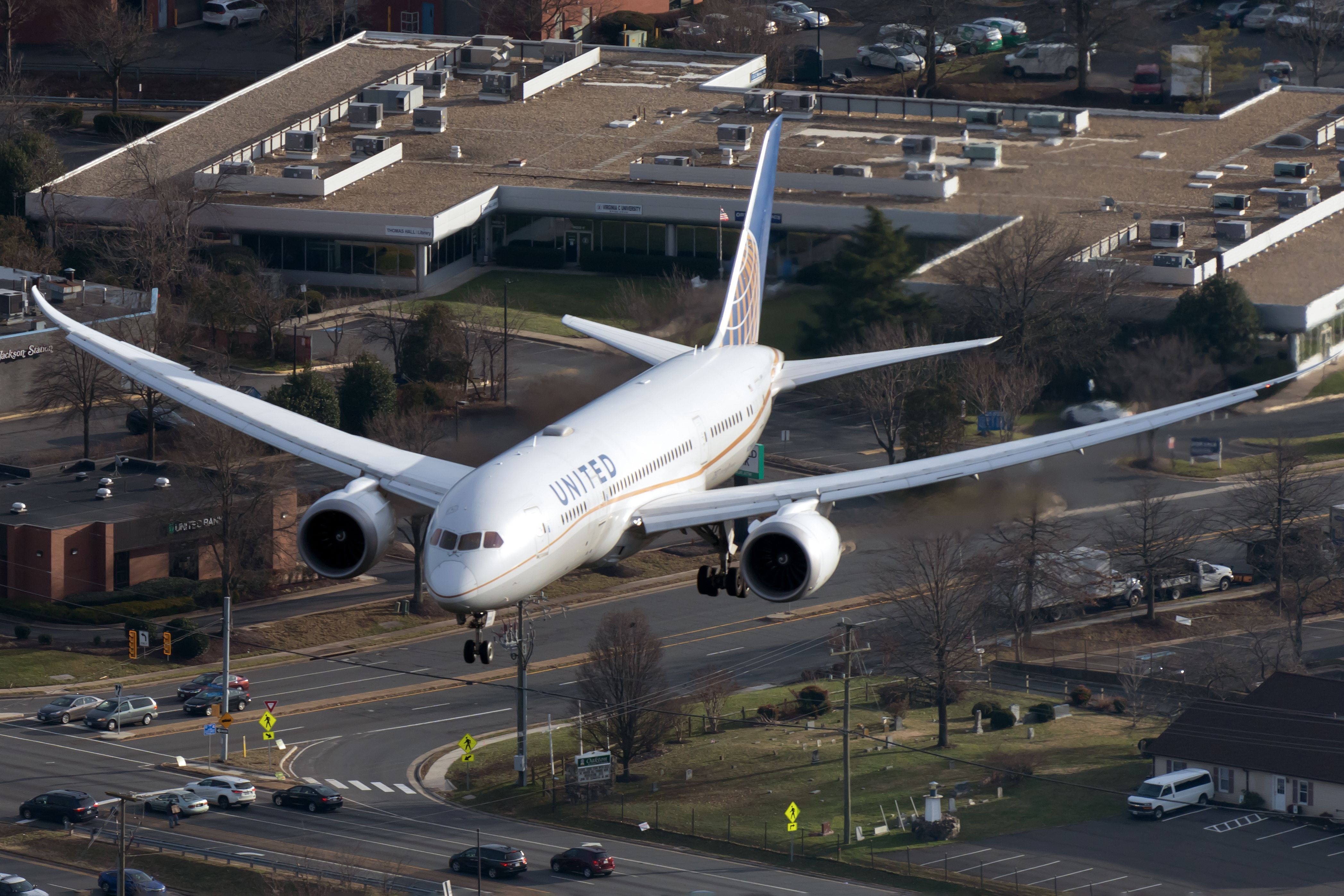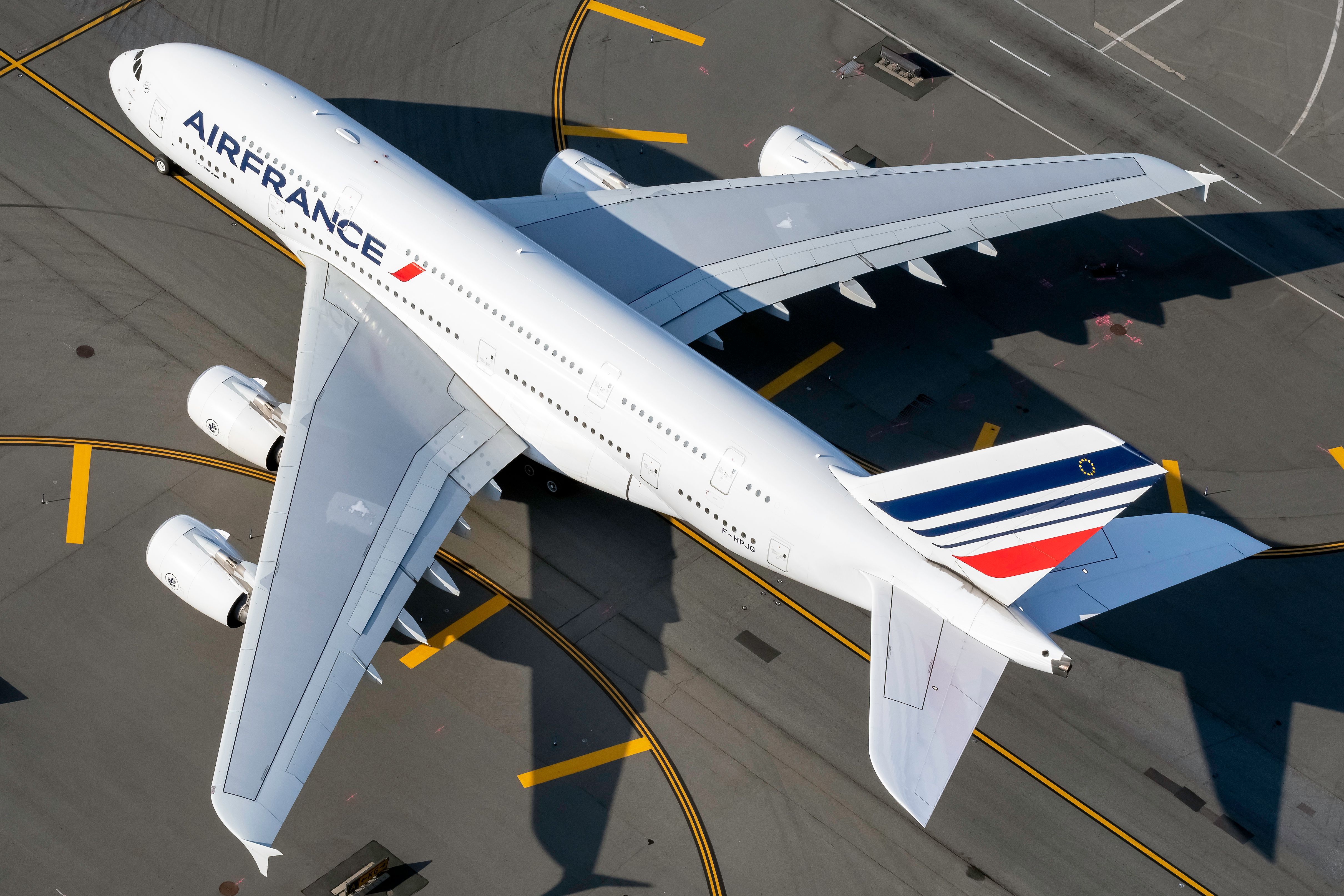One of the significant milestones in developing an airliner is its certification process. The manufacturer goes through a lengthy list of ground and in-flight tests that must pass set criteria to be eligible for certification.
The design of the aircraft and its major components (and functionalities) go through the certification process. The damage tolerance of the airframe during various phases of flight is subject to the certification process.
Application for Certification
The design certification application is prepared during the pre-launch phase of the aircraft development process. The certification application is reviewed and approved by the certification authorities of the country the aircraft is built in and intended for. The application procedures and regulations differ between various certification authorities.
This article compares the Type Certification principles of three major authorities, the Federal Aviation Administration (FAA), the European Union Aviation Safety Agency (EASA), and Transport Canada (TC).
The FAA
The FAA follows a direct oversight system. That means the FAA helps applicants choose the type of direct oversight needed for the Type Certification process. There are a few different methods of doing that. The technical team at FAA carries out design oversight of the Application for Type Certificate. This is a lengthy process where the FAA experts evaluate all design aspects.
Another method is to hire Designated Engineering Representatives (DER) and Designated Airworthiness Representatives (DAR) from the FAA. These designees provide the competence for direct oversight and achieve a Type Certificate. The eligibility criteria for a Type Certificate states that,
"Any interested person may apply for a type certificate" - FAA 14 CF Part 21.13.
The FAA designees assist the organization in getting the project certified.
The EASA
The EASA follows an indirect oversight system. That means the applicant must build the competence to self-certify their product before the EASA approves their application. To do the oversight, the organization must achieve the prescribed Design Organizational Authorization (DOA) level.
The DOA requires the organization to have competent personnel, regulated internal procedures, a design organization handbook, and a quality system to verify designs and supplier materials.
Get the latest aviation news straight to your inbox: Sign up for our newsletters today.
Once these steps are followed and the DOA level is achieved, the Type Certification application is approved. EASA will then implement an indirect oversight process through periodic inspections and random collection of documents.
Transport Canada
The Type Certification principles at Transport Canada lie between the two. While it requires the organization to have the technical capability to test and analyze the design, it does not impose a minimum level for self-certification. According to Transport Canada regulation TCCA 521.26,
"An applicant for a type certificate in respect of an aeronautical product shall have, or have access to, the technical capability to conduct the design analyses and tests required to demonstrate the conformity of the aeronautical product with its certification basis." - TCCA 521.26.
The application must have process and personnel competence to conform to aviation regulations without requiring a minimum level.
Summary
The three major certification authorities follow different principles for Type Certification. With Transport Canada falling in between, the FAA and EASE are two extremes when it comes to Type Certification Application.
The FAA allows the organization to gradually build its competence toward the Type Certification process, whereas EASA imposes a minimum level before an application is approved.
What do you think about various certification principles implemented by regulatory authorities? Tell us in the comments section.



